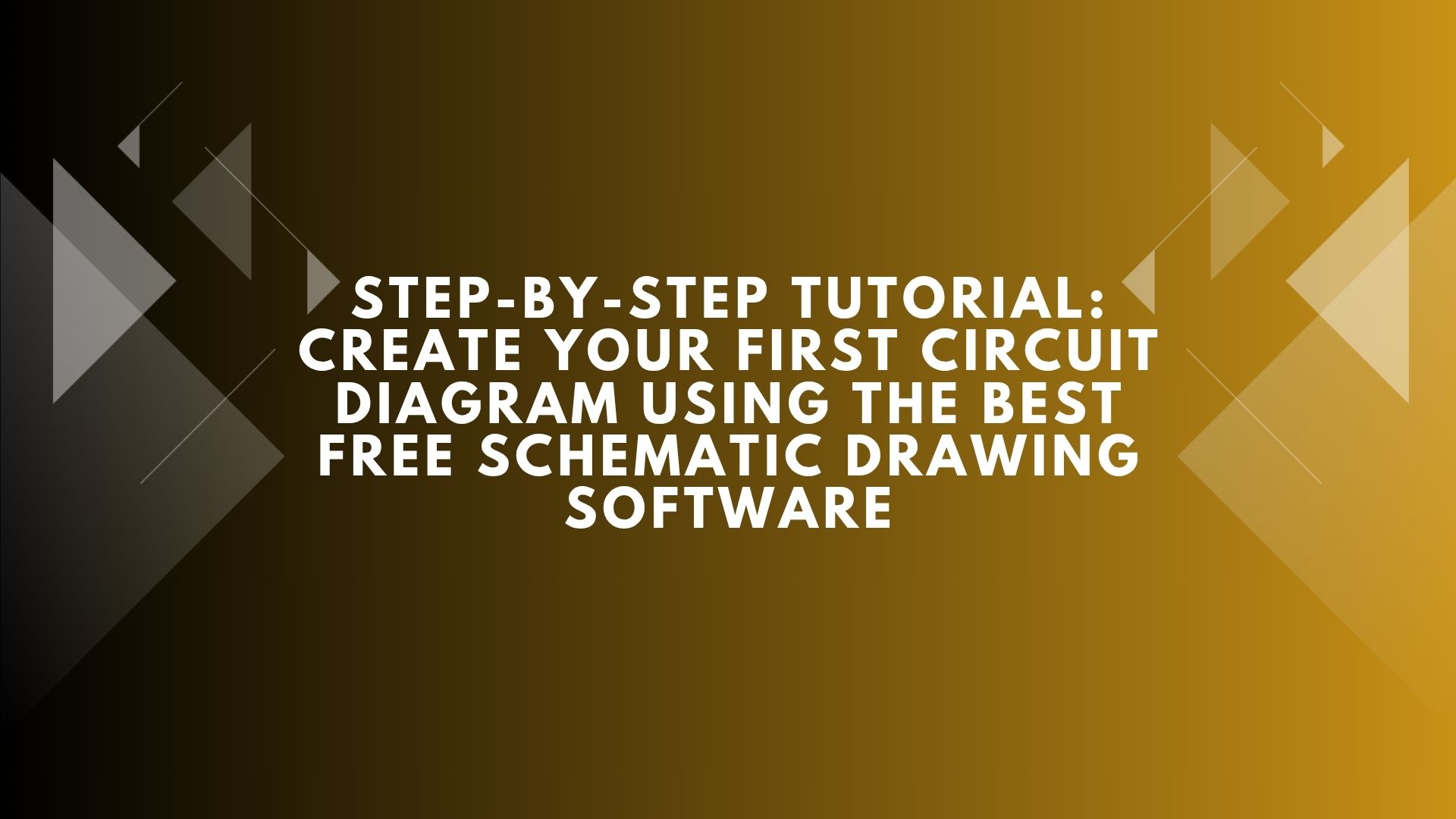Large LED panels are becoming a familiar sight in considerable places, including public areas such as stadiums, shopping malls, airports, and concert platforms. Most enterprises use these
3D LED display screen rentals to grab attention, share information, or entertain large audiences. But what exactly are these large screens, and how do they work? Today, we will learn more about these LED screens.
What are 3D LED Screens?
A digital LED billboard is a large display that combines several smaller LED screens. It uses light-emitting diodes, small light sources that help produce bright, clear images. This results in better, deeper contrast, vibrant colors, and enhanced blacks.
These are different from traditional TVs or projectors. A backlight lights the images, and the LED on a direct-view LED TV generates its light. They offer brighter colors, sharper images, and better viewing angles than other display types. These screens can show different ads quickly and can be updated whenever needed, making them more attractive and attention-grabbing than older screens.
Why 3D LED Billboards Are Becoming Popular
There is more than one reason why 3D LED Screens are becoming so famous around the world:
- Bright and Hard to Miss: Competition has increased in every industry. To stand out, brands use LED screens that are visible during the day, at night, or even in bad weather. They are bright and colorful with eye-catching properties. People walking or driving by are more likely to notice them. They are difficult to blend in the background and pop up.
- Dynamic and Interactive Content: Unlike other options where you can only show one photo, businesses can display animations and interesting images to engage viewers in exciting ways. People are more likely to stop and pay attention when ads move or change. They can offer a variety of ranges throughout the day, keeping everything fresh and moving for the viewers.
- Real-Time News: One of the most powerful features of LED billboards is that they can be updated instantly. The ads can be adjusted based on the event, weather, and time of the day. For example, if it is a sunny day, the sunscreen ad can be expressed; if it’s raining, umbrellas can be shown, and much more. This way, brands can stay active and relevant based on the current demands of the buyers.
- Videos and Motion Catch Attention: Our brains are naturally drawn to movements. This is why video ads on LED billboards are so effective. Such advertisements are more likely to stay in people’s memories than simple photos and posters, increasing the chances of people recalling the brand later.
- Cost-Effective in the Long Run: Although these LEDs may initially seem expensive, they are much more affordable in the long run. There’s no need to print new posters or physically replace ads. The ads can be changed as frequently as you want without extra costs. This also helps businesses reach a wider audience by sharing the same space with other brands.
How These Screens Help Businesses
Here is how LED screens are helping out brands to improve their visibility and reach in the market:
- Stronger Recognition: People in urban areas are very busy, and getting their attention is hard. With digital led billboards, brands can get noticed easily. They are eye-catching and don’t disappear in the backdrop due to their glowing colors and animations, which increases the chances that passersby will identify the label. Studies have shown that individuals are likelier to remember ads they saw on digital billboards.
- Targeting High-Traffic Sites: The main benefit is that these screens can be set in spots where traffic is common. This could be busy streets, shopping districts, near transportation hubs, or major landmarks. This lets the enterprise reach a larger number of people without much action. Whether it’s commuters, tourists, or shoppers, the message can be delivered quickly.
- Pleading to the Mobile-Savvy: People spend a lot of time on their phones, and many firms can benefit from this. For example, a billboard can show a QR code that observers can scan with their phones to get discounts, enter a contest, or learn more about a product. This helps brands interact with people who rarely look around and are mostly on their mobiles.
- Increased Exposure Time: In big cities, people are mostly stuck in traffic, standing at bus stops, or walking around. This is the perfect setting for screens, and brands can keep their ads on longer.
- Better Recovery on Investment (ROI): Since these LED screens are so attractive and visible, there is a higher possibility of views converting into buyers. Plus, brands can track the performance of their ads in real time. Businesses can make more informed decisions and improve their marketing efforts over time.
Challenges of 3D LED Display Screens
While these displays are extremely beneficial, there are a few things that you should consider, such as:
- Expense: These 3D screens are more expensive than traditional 2D ones, especially the higher-quality ones that offer crisp pictures due to advanced technology.
- Content Availability: Creating 3D content requires specialized software and expertise. This advanced animated content’s availability is often limited, making it harder to take full advantage of these displays.
- Viewing Angle and Space: Autostereoscopic presentations often require users to be in a specific place relative to the screen to experience the finest 3D effect. This factor can limit the effectiveness of these displays.
Conclusion
In recent years, 3D LED screen wall panels have transformed how we display visual content in large spaces. They offer bright visuals, seamless design, and the ability to scale to any size. These panels are used in many industries and are perfect for advertising, entertainment, or sharing information with a wide audience. The factors mentioned above show how they can be beneficial in various ways.
Cinstar is a popular Chinese LED Display Manufacturer known for its exceptional variety and customer service. It offers products ranging from rental LED video walls to creative LED displays, Stadium LED screens, direct-view LEDs, and more.



